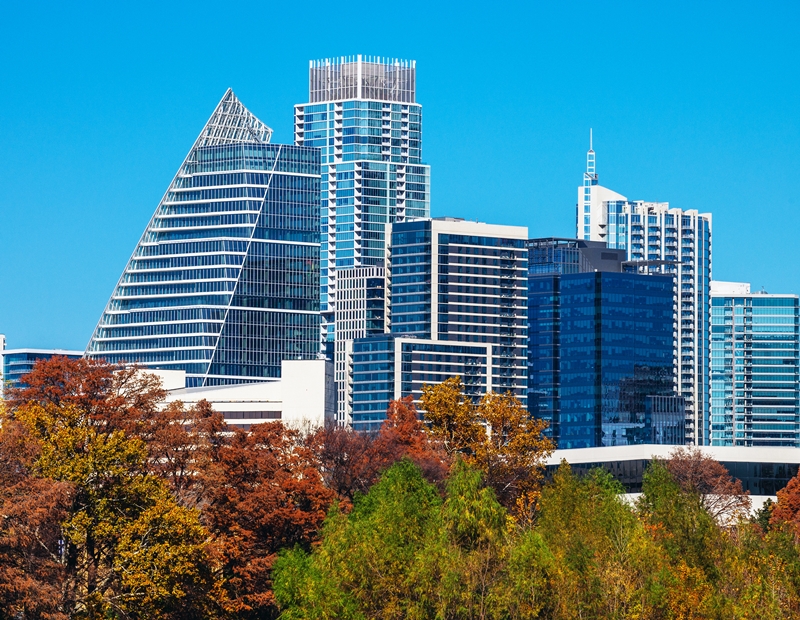Navigating Office Sector Transitions in 2024
Slow recovery is ahead this year, alongside increasing distress and expanded conversions, the latest CommercialEdge report shows.
The office sector will continue to face challenges in 2024, with slow increases in utilization rates and a shift toward hybrid work models, according to the latest CommercialEdge report.

While return-to-office mandates are more common, most firms embrace hybrid schedules and reduce office footprints. Physical occupancy rates are not expected to significantly rise. Undesirable office buildings are anticipated to be removed from the market, potentially leading to increased distress and delinquencies, influenced by interest rates.
Transaction volume is expected to rise as interest rates stabilize, but average sale prices may decline for the third consecutive year. Office conversions to residential spaces are projected to remain steady, supported by available financing options, although challenges persist. The year 2024 is positioned as a transitional phase, bringing the office sector closer to a post-pandemic norm.
READ ALSO: Office Trends in 2024: How Much Will the Sector Change?
The office-using sector added 29,000 jobs in December, a 30 basis-point increase year-over-year. Some 14,000 jobs were added in information, 13,000 in professional and business services and 2,000 in financial service sectors. Among the 120 markets surveyed by CommercialEdge, 56 experienced a decrease in year-over-year office employment.
The national office vacancy rate continued to climb, clocking in at 18.3 percent at the end of 2023, a 180-basis-point increase from 2022 values. Vacancy recorded the highest increases in Detroit (470 basis points), San Francisco (430 basis points), Washington, D.C. (420 basis points), Seattle (410 basis points) and Denver (400 basis points).
National full-service equivalent listing rates averaged $37.64 per square foot in December 2023, down 140 basis points year-over-year and 9 cents less than in the previous month. Only three markets achieved average in-place rent increases surpassing the 2 percent threshold: Boston (26.6 percent year-over-year), New Jersey (5.3 percent) and Tampa, Fla. (2.3 percent).
Declining construction pipeline and asking prices
The under-construction pipeline continued to diminish, with CommercialEdge reporting 96.9 million square feet of new office space underway as of December 2023, which represented 1.4 percent of the total stock. In contrast, last year saw the start of 40.6 million square feet, a decrease of over 35 percent from 2022 and well below pre-pandemic figures. CommercialEdge projects further decreases in 2024 due to difficulties in obtaining construction loans and the rise in office vacancy rates.
At the end of 2023, Boston had 14.6 million square feet of office space underway, accounting for 5.9 percent of total stock. In Austin, Texas, and San Diego, the active pipeline totaled a little over 5 million square feet, representing 5.4 percent of each market’s stock. Nashville, Tenn., had 2.7 million square feet of office space underway, or 4.7 percent of stock. San Francisco had close to 7 million square feet of office space under construction (4.4 percent), while Seattle’s pipeline featured 5.8 million square feet, or 4.1 percent of total stock.
Office investment throughout 2023 totaled $33.8 billion. At the same time, the average sale price for a property stood at $196 per square foot. Office prices are dropping overall, with high-quality properties experiencing more significant declines than mid-tier offices.
Read the full CommercialEdge office report.







You must be logged in to post a comment.